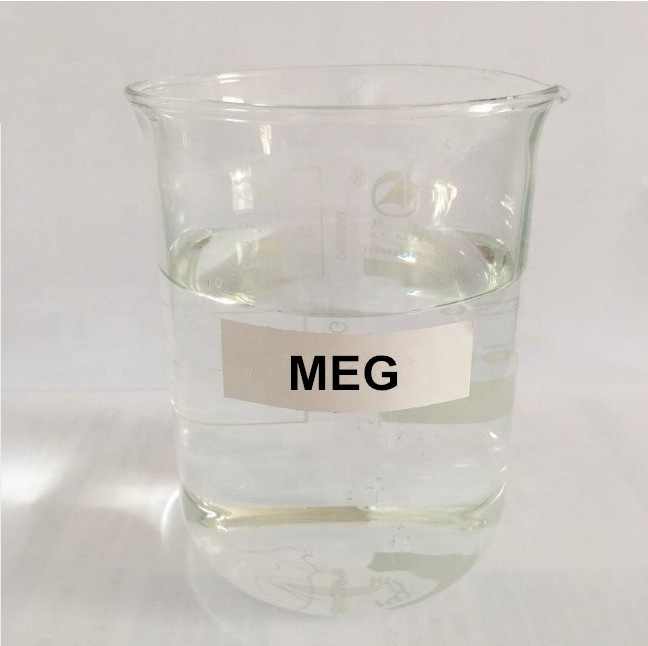
Monoethylene Glycol (MEG)

Monoethylene Glycol (MEG)
Uses
MEG is by far the largest volume glycol product and is used in a variety of applications. MEG is typically commercially available in three grades: fibre, industrial and antifreeze. The markets for EG products are polyester fibres, polyethylene terephthalate (PET) plastics, coolants in automobile antifreeze, and resins. The excellent humectant (hygroscopicity) properties of EG products also make them ideal for use in fibers treatment, paper, adhesives, printing inks, leather and cellophane. Shell Chemicals does not sell to customers that use MEG in theatrical fogs or other artificial smoke generator applications; in the manufacture or preparation of foods or pharmaceuticals where glycol is not further reacted to produce a derivative product; or in aircraft de-icing applications.
Storage & Handling
Under the NFPA 704, mono ethylene glycol is rated as a 0 for instability, indicating that mono ethylene glycol is usually stable. Mono ethylene glycol’s vapors are heavier than air and will travel to surrounding areas. Due to its high flashpoint of 111.11°C, the chemical has a flammability rating of 1, indicating that it requires considerable preheating for ignition and combustion to occur. However, in storage, MEG should be kept away from heat, sparks, and open flames. If a fire was to occur, alcohol resistant foam or water spray should be used to fight fires with a focus on preventing the spillage from reaching water sources or sewers.
Applications
Resins
Antifreeze Fluids
Heat transfer fluids
Car cooling and defrosting
Blue base adhesives
Latex colors
Asphalt emulsions
Electrolytic capacitors
Textile fibers
Paper
Leather
Storage conditions
Under nitrogen blanket and at ambient temperature.
Packing
Bulk or in 220 Kg new drums, each 4 drums strapped on a pallet.